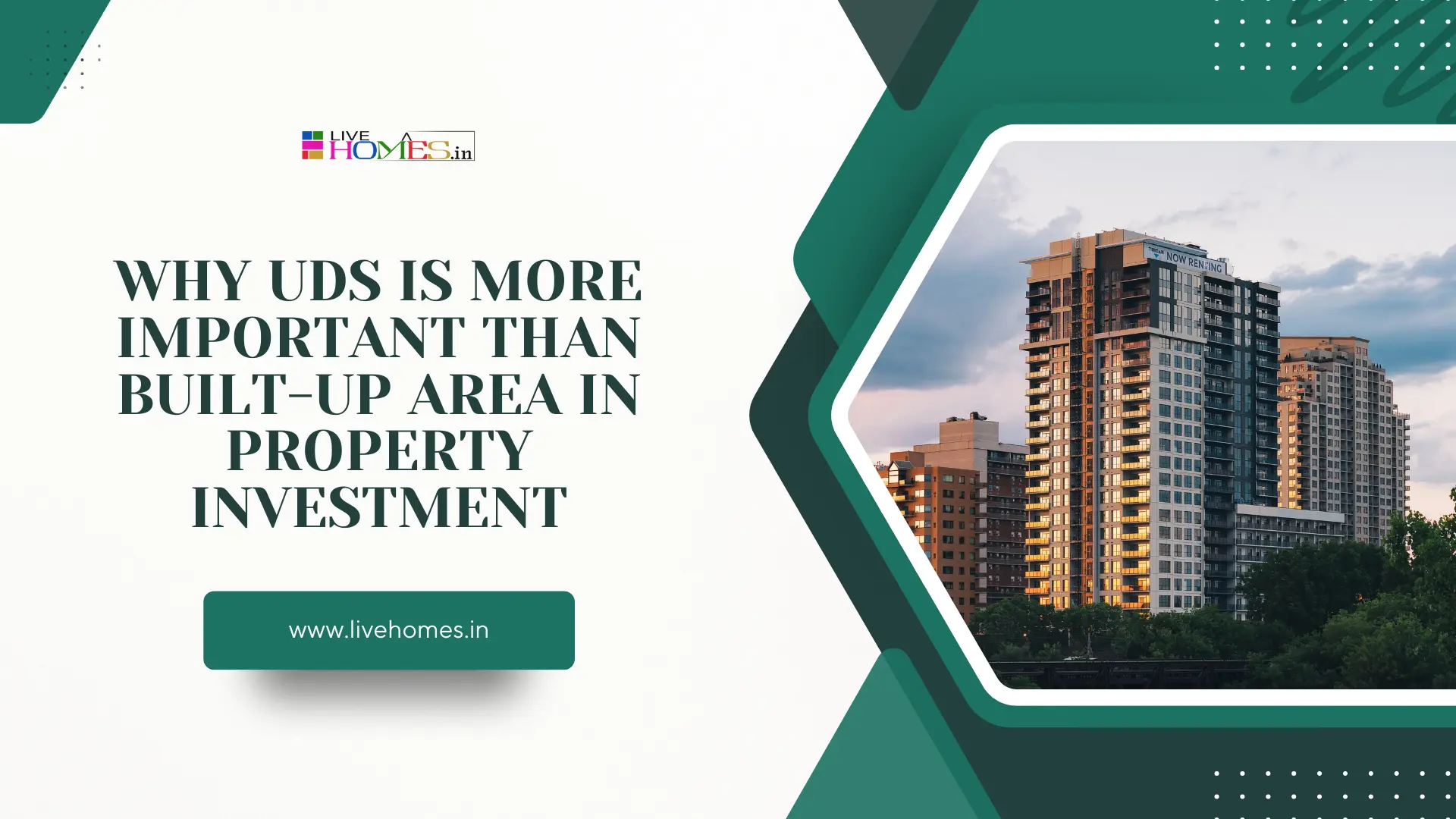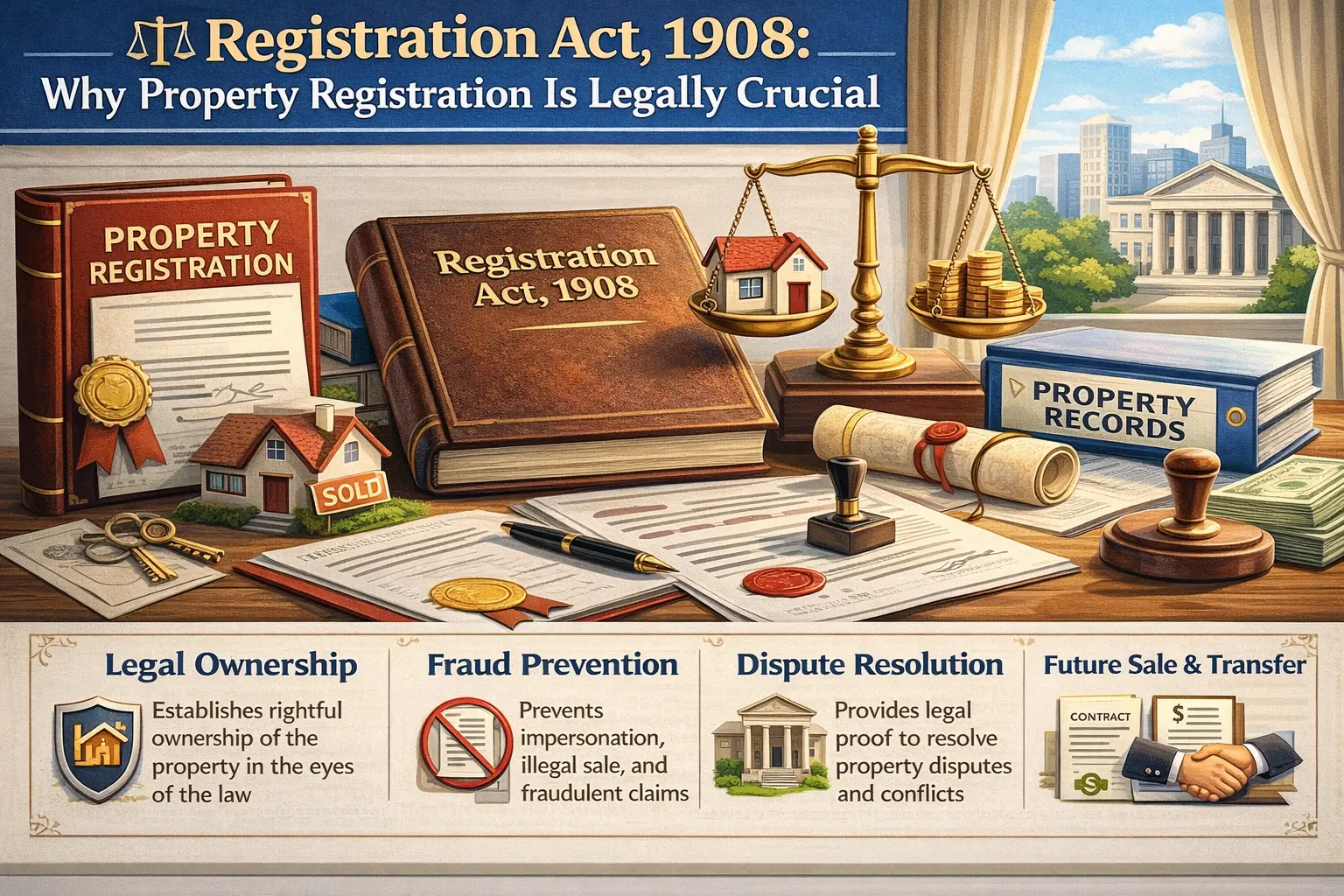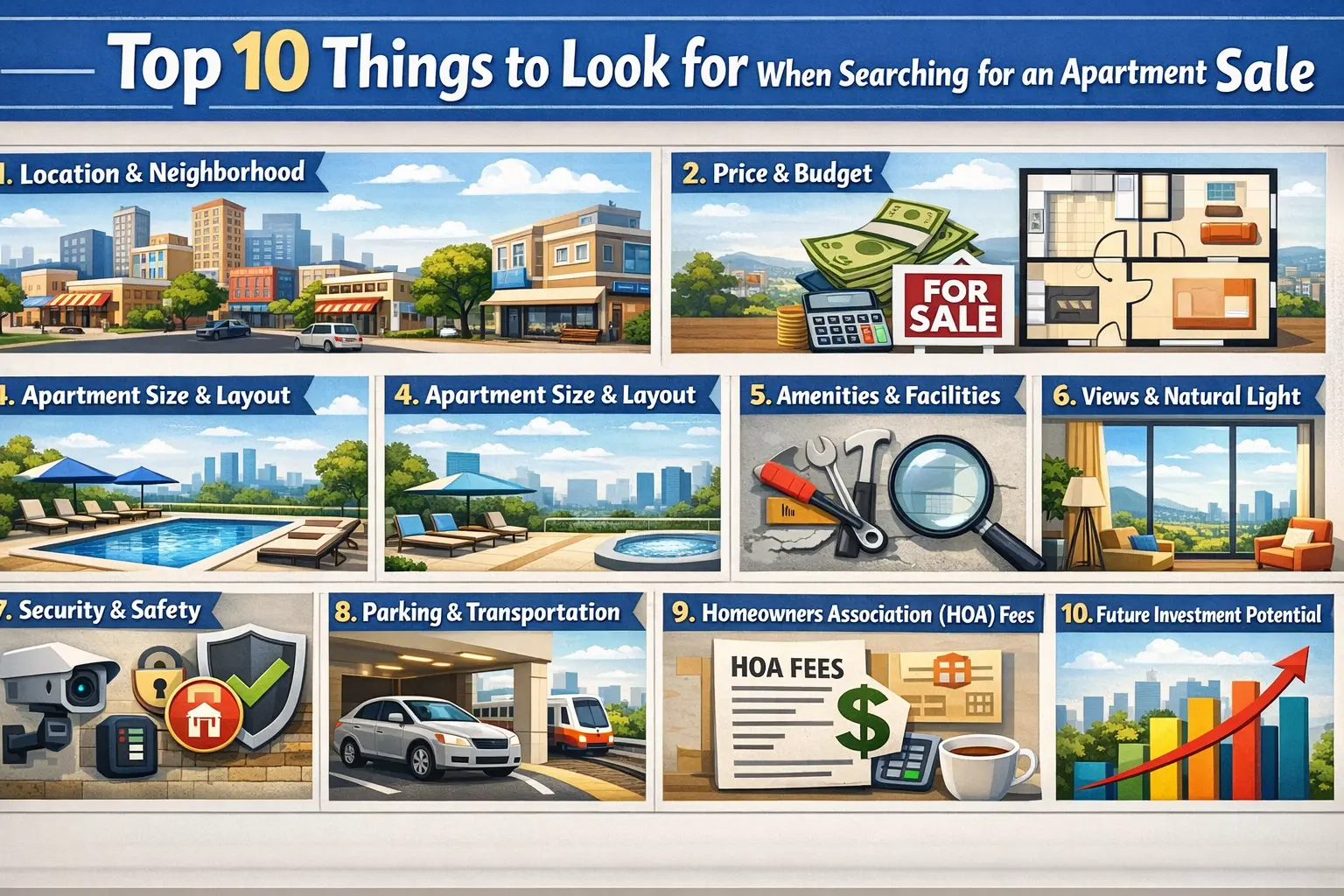When investing in a property, most buyers often focus on the built-up area — how big the flat looks, how spacious the rooms are, and the usable square footage. While these factors are important for day-to-day living, they should not be the only deciding factor in your investment decision. A far more crucial element that directly influences your long-term returns and ownership rights is the Undivided Share (UDS) of land.
What is UDS (Undivided Share of Land)?
When you buy an apartment, you are not just purchasing the four walls and interiors. You are also buying a proportionate share of the land on which the entire building is constructed. This portion is called the Undivided Share (UDS). For example, if a 10,000 sq. ft. plot has 10 equal apartments built on it, each flat owner will get a 1,000 sq. ft. share in the land (provided sizes are equal). This UDS is legally registered in your name and is yours forever, even if the building deteriorates in the future.
Built-up Area vs. UDS: The Key Difference
- Built-up Area includes your flat’s carpet area plus walls, balcony, and sometimes common areas. It only represents the constructed space you occupy.
- UDS represents your legal ownership of the land, which is a permanent and appreciating asset.
Here’s the catch: Buildings depreciate over time, but land always appreciates in value. That’s why UDS plays a far bigger role in determining your property’s long-term worth.
Why UDS is More Important than Built-up Area
1. Land is the Real Asset
The apartment you live in may lose value due to aging construction, but the land underneath only grows in value with time. Higher UDS means you own a bigger share of this appreciating asset.
2. Future Redevelopment Benefits
In case the apartment building goes for redevelopment, the compensation or additional benefits you receive depend directly on your UDS, not your built-up area. Higher UDS translates into better returns.
3. Legal Ownership & Security
Having a properly registered UDS ensures you have a permanent stake in the land. Even if the building faces demolition due to natural calamities or redevelopment, your land share remains legally protected.
4. Resale Value
Buyers and investors often evaluate a flat’s UDS before making a purchase. Properties with higher UDS generally fetch better resale prices compared to those with large built-up areas but small land share.
5. Bank Loan & Investment Safety
Banks and financial institutions give importance to UDS during property valuation. A flat with higher UDS is considered safer collateral because land is a permanent, appreciating asset.
Also Read: Importance of UDS in property registration
Common Mistakes Buyers Make
-
Prioritizing Interiors Over Land Share: Many buyers choose a bigger built-up area without checking UDS. This is risky because a spacious flat with low UDS may not hold long-term value.
-
Ignoring UDS in Legal Documents: Sometimes builders don’t clearly mention UDS in the sale deed. Always verify the UDS and ensure it is properly registered.
- Assuming All Flats Have Equal UDS: Larger flats usually get proportionally higher UDS. It’s not always evenly distributed, so cross-check calculations.
How to Calculate UDS
The formula for calculating UDS is:
(Individual Flat Built-up Area ÷ Total Built-up Area of All Flats) × Total Land Area
For example:
- Total land area = 10,000 sq. ft.
- Total built-up area of all flats = 20,000 sq. ft.
- Your flat’s built-up area = 1,000 sq. ft.
So, UDS = (1,000 ÷ 20,000) × 10,000 = 500 sq. ft.
Conculsion
When buying an apartment, don’t be swayed only by how big the flat looks. Always look deeper into how much land ownership (UDS) you’re getting along with it. Remember:
- Built-up area depreciates.
- Land appreciates.
In the long run, your UDS determines your property’s true value, security, and financial returns. A wise investor always gives priority to UDS over built-up area when making a purchase decision.
https://www.livehomes.in/blogs













